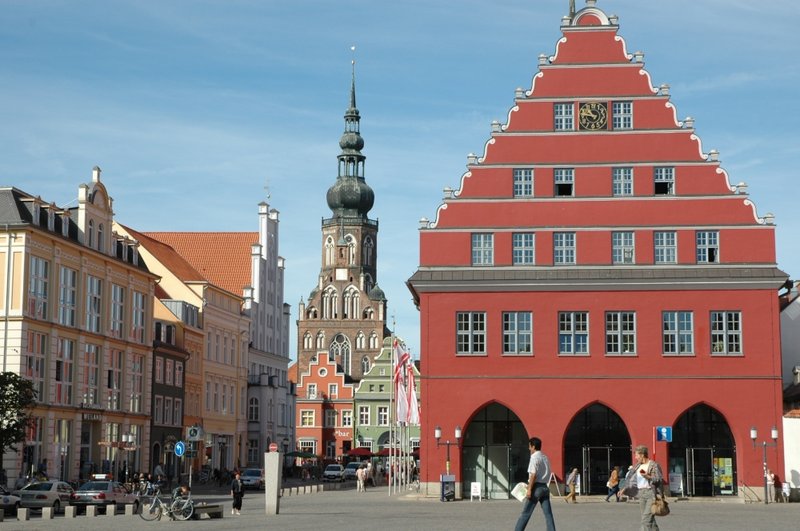The Römerberg - Frankfurt's Old Town Center
Goethe House and Museum
Frankfurt
has the distinction of being the birthplace of Germany's greatest writer,
Johann Wolfgang von Goethe. His family home, Goethe House, is where Goethe was
born on August 28, 1749, and where he lived until 1765 and shows how the
well-to-do family (and their staff) would have lived. There are many rooms to
explore, from the sumptuous décor of the Dining Room on the main floor to
Goethe's writing room on the top floor where he penned many of his early works,
and where he played as a child with his puppet theater. Next-door is the Goethe Museum, a 14-room gallery showcasing artworks from the writer's
time, including masterpieces of the Late Baroque and Romantic periods. (Family
guided tours of both properties are available.) Other Frankfurt attractions
that stand testament to the writer's fame are the Goethe Tower, a 43-meter-tall wooden structure offering superb views of
the city, and Goethestrasse, a high-end shopping area with many fine boutiques, art
galleries, and cafés.
The Old Opera House
St. Bartholomew's
Cathedral
Roman Catholic St. Bartholomew's
Cathedral (Frankfurter Dom, or Dom St. Bartholomäus), was built of red
sandstone in Gothic style between the 13th and 15th centuries, and at 95
meters, still manages to stand out in this city of skyscrapers. One of only a
handful of churches in Germany to be designated as an Imperial Cathedral, it
was here from 1562 to 1792 that the coronation of Emperors took place in the
Election Chapel.
















